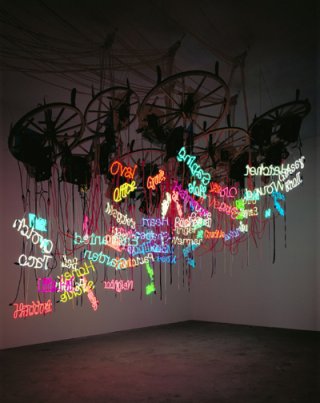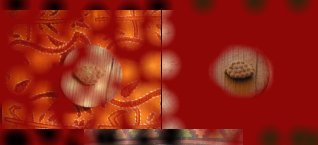Varda Brava – Agnes Varda
Monday, August 28th, 2006Agnès Varda, is exhibiting at the Fondation Cartier.
L’Ile et Elle fills two floors of Jean Nouvel’s spectacular Fondation Cartier with a kaleidoscope of colour and sound inspired by the windswept island of Noirmoutier off the west coast of France. As always with Varda, the exhibition makes overlapping references to her own career, family and friends.
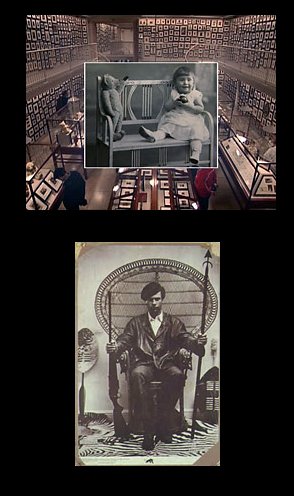
Top from Cinevardaphoto, bottom Huey.
This riveting documentary, “Black Panthers – Huey!”, directed by French filmmaker Agnès Varda transports you to the pivotal Free Huey rally held on February 17th, 1968 (Newton’s birthday), at Oakland Auditorium in Alameda, California. Newton, the charismatic young college student who, along with Bobby Seale, created the Black Panther Party, had been jailed for allegedly killing a police officer. His arrest–widely believed at the time to be a setup–galvanized Party support throughout the nation and led to a boom in Party membership, bringing a new level of public attention to the Panthers’ cause.
Agnes Varda’s Black Panthers – Huey! from Ubuweb.
Varda’s documentary work echoing, at various moments, the digressive cine-essays of Marker, the critical examinations of Godard, and the autobiographical experimentation of Akerman. But beyond these comparisons, it reveals a consistent yet absolutely unique voice spanning a 40-year period of photography and nonfiction filmmaking.
Varda continually returns to the impenetrable surface of the photographic image. Both “Ydessa” and “Ulysses” discover a subject’s complexity under layers of meaning, intended or unintended, initially obscured by the visceral impact of aesthetic beauty and fascination. (via Indiewire)
Agnes Varda from Senses of Cinema
The Gleaners and I (my favorite film) – two good still photos here.

 dance sequence from Jean’s Renoir “Le Fleuve” or the River.
dance sequence from Jean’s Renoir “Le Fleuve” or the River. 

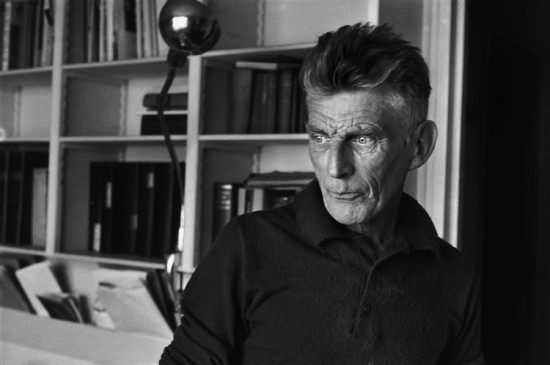
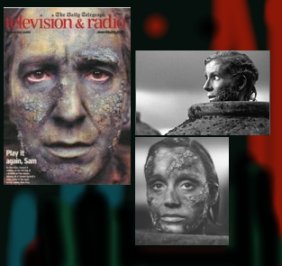 Samuel Beckett
Samuel Beckett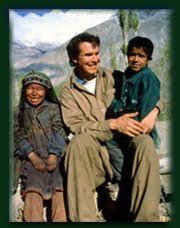 and kids.
and kids.